9th Jun, 2025
Is it safe to climb Everest Base Camp ?
- Magnificent Himalayan Treks
The Great Trigonometrical Survey of India declared Mount Everest to be the highest mountain in the world in 1856. It stands at 8,848.86 meters (29,031.7 feet). The world's mountaineers and explorers were thrilled by this discovery.
One of the greatest achievements in climbing history was the 1953 successful ascent of Everest by Sir Edmund Hillary of New Zealand and Tenzing Norgay, a Sherpa climber from Nepal. This glory is still celebrated amongst the Nepalese till today.
Table of Contents
More on Everest
Trekking to Everest's base camp gained popularity as the mountain gained attention. In the 1960s, as Nepal's tourism sector grew, the Everest Base Camp (EBC) hiking route was formally opened to foreign trekkers. Thousands of adventurers eager to see the splendor of the Himalayas have been drawn to it ever since.
Ways to Reach Everest Base Camp
For those seeking a more varied trekking experience, there are a number of alternate ways to Everest Base Camp, although the traditional route from Lukla via Namche Bazaar and Gorak Shep is the conventional route.
Trekking Cho La Pass and Gokyo Lakes
Trekkers that follow this route pass through the breathtaking Gokyo Valley, which is home to turquoise glacial lakes and expansive vistas of Makalu, Lhotse, and Everest. Crossing the difficult Cho La Pass (5,420 meters), a high-altitude trek that rewards with stunning scenery before joining the main EBC trail, is the highlight.
Trekking the Three Passes
The Three Passes Trek, which includes the Kongma La, Cho La, and Renjo La passes, is the ultimate Himalayan endeavor.
Unmatched vistas, isolated valleys, and a closer bond with the untamed splendor of the Everest region are all provided by this path.
Jiri to EBC
This longer trek begins at Jiri and traces the original path of early Everest expeditions. It's a more subdued, slower climb that offers an opportunity to see traditional Sherpa settlements and improve acclimatization.
Routes by Helicopter
Helicopter trips provide a breathtaking aerial view of the Himalayas for people who want to experience Everest without the strenuous physical demands of walking. With helicopter flights.
You can see the majesty of Everest without having to endure the exhaustion of a multi-day hike by arriving at Everest Base Camp and Kala Patthar in a matter of hours.
Trekking to Everest Base Camp: Difficulties
Trekking to Everest Base Camp is a goal that can be accomplished, but it has obstacles that need for awareness and proper planning. Here are some important factors to think about.
Flight of Lukla
Tenzing-Hillary Airport in Lukla, which is frequently regarded as one of the most exciting airports in the world because of its tiny runway and location, is usually where the trip to Everest Base Camp starts. Therefore, only pilots with the most experience are allowed to fly to Lukla. Strong winds and low visibility frequently cause flight delays and cancellations, especially during the monsoon season.
Physical Requirements
The trip to Everest Base Camp (EBC) is a strenuous physical and mental experience that calls for both.
Long days of walking over rough and uneven terrain are to be expected; these walks usually last five to seven hours each day.
Particularly when you ascend higher, the track has rocky sections, steep ascents and descents, and sporadic snow-covered areas.
Being physically healthy is crucial to overcoming the trek's difficulties.
You can greatly increase your stamina and lower your chance of exhaustion by preparing ahead of time with regular aerobic activities, strength training, and hiking practice.
The trip tests not only your physical capabilities but also your capacity to adjust to high heights, erratic weather, and the occasional discomfort of simple teahouse lodgings, so mental readiness is just as crucial.
Challenges of Altitude and Acclimatization
Altitude sickness is one of the biggest dangers when walking to EBC. Reaching 5,364 meters (17,598 feet) at Everest Base Camp and an additional 5,555 meters (18,225 feet) at Kala Patthar.
This trip rises from about 2,860 meters (9,383 feet) at Lukla. Oxygen levels decrease with altitude, causing symptoms like headaches, nausea, lightheadedness, and dyspnea.
Avoiding Acute Mountain Sickness (AMS), which can worsen into potentially fatal conditions like High-Altitude Pulmonary Edema (HAPE) or High-Altitude Cerebral Edema (HACE).
It requires proper acclimatization, hydration, and a slow ascent. You must therefore travel with knowledgeable advisors.
In the Everest region, approximately 40% to 60% of trekkers experience symptoms of Acute Mountain Sickness (AMS) during their journey to Everest Base Camp, which lies at an elevation of 5,364 meters.
This situation attributes to factors such as rapid altitude gain, high final elevation, and prolonged exposure to high altitudes.
While the majority of these cases are mild, about 5% of those affected may develop severe symptoms requiring immediate medical attention.
Unpredictable Weather
The Everest region experiences extremely erratic weather, with abrupt storms and sharp temperature swings.
Even during the busiest trekking seasons (spring and fall), nighttime lows can fall below freezing, and snowstorms can happen at any time. It is crucial to have the right clothes, equipment, and be ready for harsh weather. You must proceed with caution.
Medical Facilities and Emergencies
There aren't many emergency escape routes or medical facilities in the Everest region. Medical outposts run by volunteer doctors that specialize in altitude-related ailments are located in a number of communities along the trail, such as Namche Bazaar and Pheriche.
Helicopter evacuations are available in the event of serious illness or accident, but they are expensive if you don't have the right travel insurance.
The Benefits of Travel Insurance
Given the dangers of walking at high altitudes, you will need sufficient travel insurance. Medical care and helicopter evacuation up to the highest trek altitude typically 5,555 m at Kala Patthar should be covered by insurance.
Data on Injuries and Deaths
At least four climbers, including two Sherpas, Philipp Santiago from the Philippines, and Subrata Ghosh from India, perished on Everest in 2025, underscoring the ongoing risks associated with high-altitude climbing. Even with increased permit fees of $15,000 and more stringent rules designed to increase safety, congestion and unpredictability in the weather continue to be major hazards.
Deaths serve as a sad reminder of the mountain's enormous obstacles, even as Everest continues to draw climbers from all over the world with over 9,000 summits documented on the Nepal side through 2024.
Army Monument and Honoring Dead Climbers
The Everest Memorial, a moving monument to climbers who perished on Everest, is visible to trekkers traveling through Thukla Pass.
A sobering reminder of the mountain's might and the dangers of high-altitude treks are provided by the stone chortens and plaques.
These locations serve as sobering reminders of the mountain's might and the value of protecting the environment.
Conclusion
Lastly, for those who prepare well, the Everest Base Camp trek is a difficult but adventurous trip.
With the right preparation, acclimatization, and direction, dangers like altitude sickness, weather, and physical demands can be reduced.
The benefits are awe-inspiring scenery, cultural immersion, and a strong sense of achievement—far exceed the difficulties for the majority of trekkers.
Recent From Blog
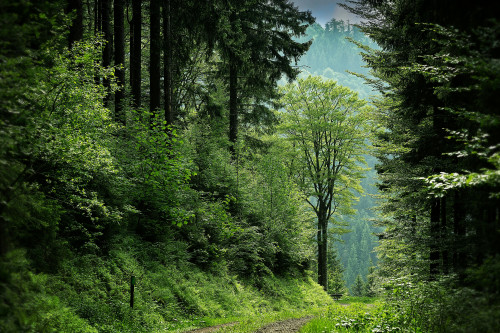
13th Oct, 2025
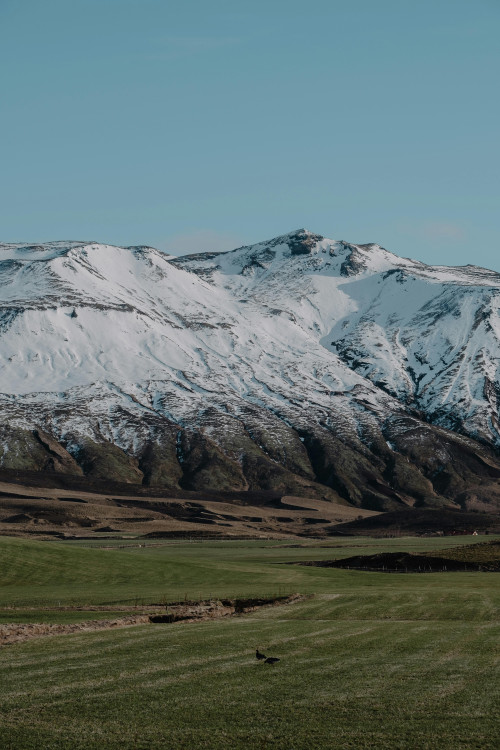
9th Oct, 2025
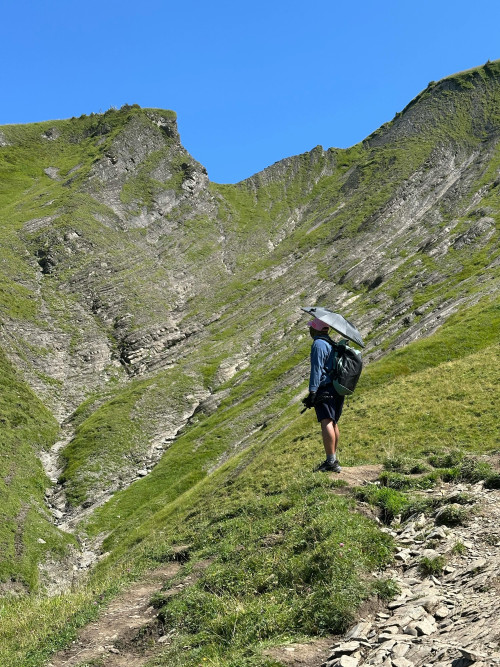
21st Sep, 2025
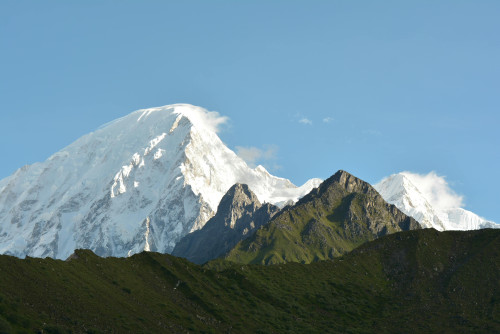
18th Sep, 2025

14th Sep, 2025

3rd Sep, 2025

28th Aug, 2025
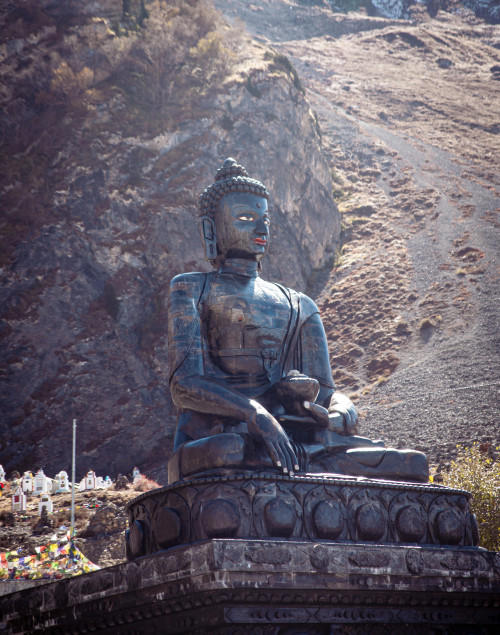
25th Aug, 2025




